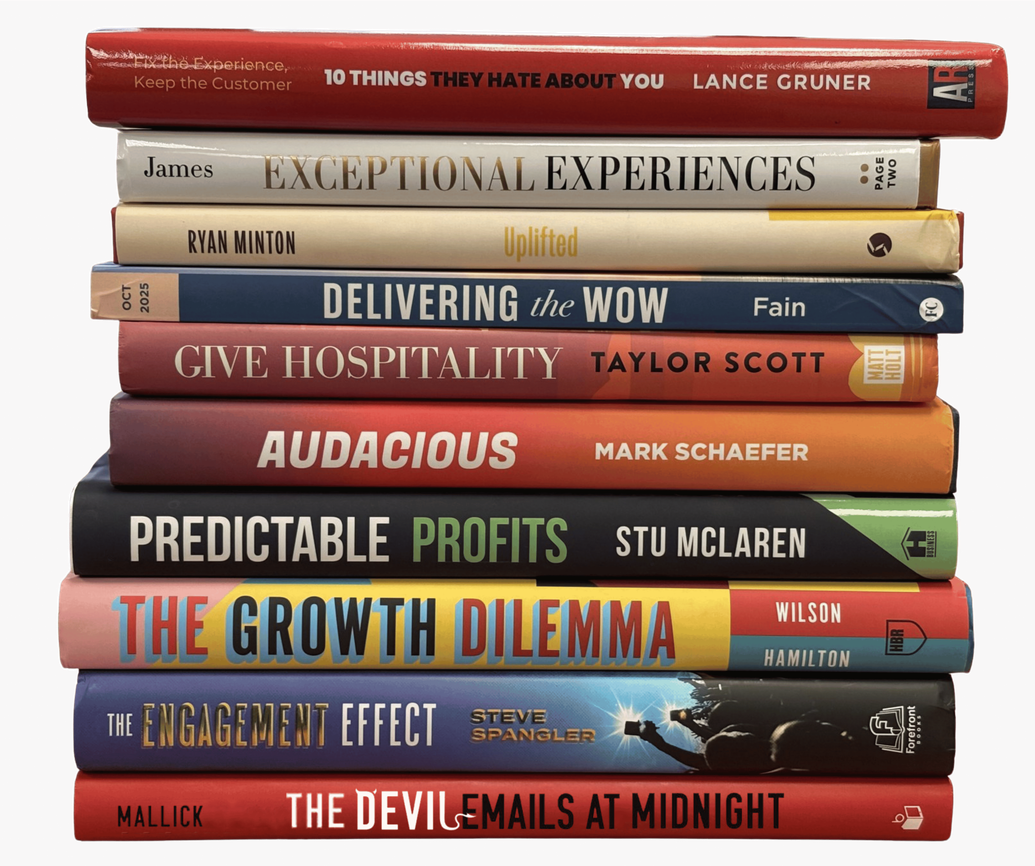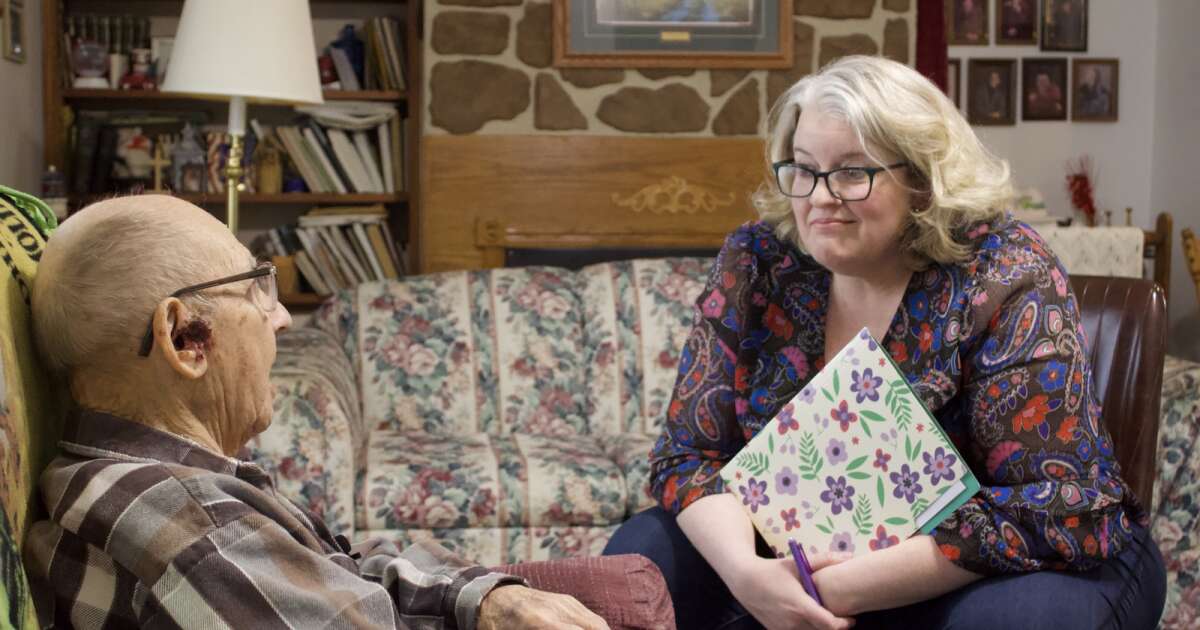Last Updated:
Is childhood myopia genetic or lifestyle-driven? Experts explain how genes, screen time, and outdoor habits shape vision health.
Childhood myopia is no longer a niche concern, it’s a public health challenge. The World Health Organization (WHO) predicts that by 2050, nearly half of the world’s population could be myopic, compared to about 30% today.
As childhood myopia surges worldwide, parents are often left wondering: Is it in the genes, or is modern lifestyle to blame? Increasingly, experts agree that the answer is both and the balance between nature and nurture is shifting faster than expected.
The Global Rise of Childhood Myopia
Childhood myopia is no longer a niche concern, it’s a public health challenge. The World Health Organization (WHO) predicts that by 2050, nearly half of the world’s population could be myopic, compared to about 30% today.
According to Dr. Vipin Gupta, Consultant Ophthalmologist, Max Superspeciality Hospital, Shalimar Bagh, genetics significantly shape a child’s risk. “Children with one myopic parent have an approximately threefold higher risk, and those with two myopic parents face up to a sixfold increased likelihood,” he explains.
But Dr. Gupta emphasizes that this is only part of the story. “Mounting research shows lifestyle factors now exert comparable influence,” he adds signalling a shift that is reshaping how clinicians understand and manage childhood myopia.
Lifestyle: The Modern Driver of Myopia
The explosion of digital use, indoor schooling, and limited outdoor exposure are dramatically accelerating early-onset myopia.
Dr. Gupta points to several contributing factors: prolonged screen exposure, extended reading or studying at close distances, insufficient outdoor activity, poor sleep, and even urban air pollution. A referenced 2022 study from JAMA Ophthalmology found that children who spent less than 60 minutes outdoors daily had almost double the risk of developing myopia compared to those getting 90–120 minutes of outdoor light.
Similarly, Dr Suresh K. Pandey of SuVi Eye Hospital, Kota, notes that the trend toward earlier diagnosis is no coincidence. “Nearsightedness is increasingly diagnosed in younger children, even without a family history,”he says. “This unequivocally proves that lifestyle choices, especially those shaped by modern urban living, are equally critical.”
Children today spend more time indoors than any generation before them. Screen-based learning, entertainment, and sedentary play are replacing the outdoor time that earlier generations took for granted.
“Children’s eyes face mounting stress from prolonged near-focused tasks, less natural light exposure, and excessive screen use,” warns Dr. Pandey.
Environmental and Nutritional Influences
Both experts acknowledge that environmental quality and poor nutrition play unseen but important roles.
Air pollution, for example, contributes to eye fatigue and inflammation. Meanwhile, diets low in antioxidants, omega-3 fatty acids, and vitamins A and C can compromise ocular health.
Dr. Gupta highlights the protective value of nutrient-rich foods particularly those containing lutein, zeaxanthin, omega-3s, and zinc for retinal and corneal health.
Prevention: A Multifactorial Approach
Both clinicians agree that childhood myopia is highly modifiable, even if genetically predisposed.
Dr. Gupta recommends a structured prevention plan:
90–120 minutes of daily outdoor exposure, which slows axial elongation
The 20-20-20 rule to prevent digital eye strain
Proper posture and ambient lighting during study
Moderating digital device use before bedtime
Annual eye exams for children over five
“While the genetic blueprint for myopia cannot be altered, its clinical progression is strongly modifiable,” emphasizes Dr. Gupta.
Dr. Pandey echoes these guidelines, adding, “With appropriate lifestyle adjustments, myopia in children can be effectively managed from onset to progression, even when genetics are a factor.”
He stresses that even one to two hours of outdoor time per day can significantly aid healthy visual development.
Community Awareness: The Kota Example
During Myopia Awareness Week (November 14–20, 2025), Dr. Pandey led one of India’s largest community-focused eye-health initiatives. He organized interactive workshops, free eye camps, and school programs—engaging thousands of families.
More than 10,000 schoolchildren participated in the “Eyes Up, Screens Down” pledge, embracing daily habits that promote visual well-being.
Through educational sessions, nutritional guidance, and demonstrations of the 20-20-20 rule, Dr. Pandey brought practical, accessible preventive strategies to urban communities.
“Early intervention and consistent awareness can transform long-term eye health outcomes,”
he notes.
The Bottom Line: Genetics Loads the Gun, Lifestyle Pulls the Trigger
While children with myopic parents are undoubtedly at higher risk, today’s evidence makes one point clear: modern lifestyle plays an equally powerful role.
Both Dr Gupta and Dr Pandey agree that the future of managing childhood myopia lies in:
Balanced digital habits
Regular outdoor exposure
Nutritious diets
Routine eye exams
Awareness at both family and community levels
Parents cannot change their child’s genetics but they can change the daily habits that profoundly shape visual development.
About the Author

Swati Chaturvedi is a seasoned media professional with over 13 years of experience in journalism, digital content strategy, and editorial leadership across top national media houses. An alumna of Lady Shri Ram …Read More
Swati Chaturvedi is a seasoned media professional with over 13 years of experience in journalism, digital content strategy, and editorial leadership across top national media houses. An alumna of Lady Shri Ram … Read More
November 23, 2025, 16:14 IST








